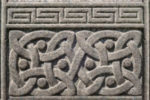
This content is protected against AI scraping.
Celtic Symbols
have always interested me! After I wrote my post on Irish Gaelic quotes and phrases, someone asked me to write about famous Irish symbols, and I was happy to do it. In honor of all things Ireland, I’ve put together a list of Celtic symbols and their meanings.
Celtic Knot
Celtic knots are designs that depict infinite cords woven together in many different styles. They originated in Insular art, a form founded in Celtic Ireland and Britain not long after the fall of the Roman empire. It’s a tradition that’s distinct from any known on the European continent at that time. Insula” is Latin for “island.”
The intricate, ornate designs of Celtic knots probably were first created in Irish monasteries of the 6th to 8th centuries, before Viking raids had their profound effect on Celtic culture. The 8th-century Book of Kells, one of Ireland’s historical treasures, is illustrated in beautiful patterns of Celtic knots around the four Gospels in Latin.
These Celtic symbols come in a lot of different varieties. Here are three of the most prominent types:
the trinity knot
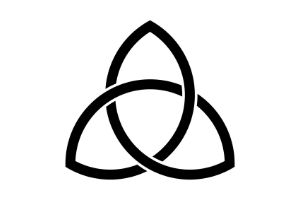
This ancient Irish symbol predates Christianity, and some speculate that it represented birth, death, or rebirth, or earth, sea, and sky. To Christians, it often represents the Trinity: the Father, Son, and Holy Ghost..
the Celtic cross

Celtic crosses also existed in Ireland before the arrival of Christianity, and some people believe they may have been related to the sun god Invictus. Today, they are a beloved symbol of Christian faith.
the love knot
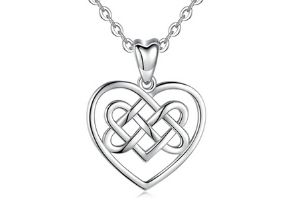
There are different variations of this one, but it always features interlocking hearts. As an example, the pendant above features a Celtic love knot surrounded by a heart.
claddagh ring
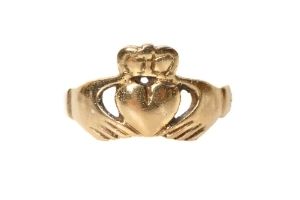
The Claddagh ring comes from the small town of Claddagh, which is near Galway. Its distinctive design of hands supporting a crowned heart has specific symbology: The hands represent friendship, the crown, loyalty, and the heart is the symbol of love.
Although the design itself dates back only to the 1700s, its popularity continues to grow, in Ireland and around the world, among people of Irish descent and among people who are admirers of things Irish.
The Claddagh ring meaning depends how it is worn. On the right hand with the heart’s point facing the wrist means the wearer is in love, while if the point faces one’s fingertip, the wearer is in search of love. Worn on the left hand with the point facing one’s fingertip means that the wearer is engaged to be married; if the point of the heart faces one’s wrist, the wearer is already married. My wife and I wear Claddagh rings as wedding bands.
Celtic tree of life
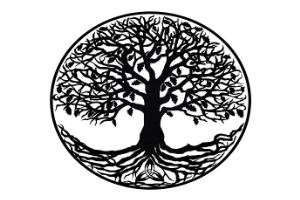
The symbol of the Tree of Life is fundamental to many of the world’s cultures and religions. In Ireland, it appears often as a mature oak whose branches reach into the sky and whose roots burrow deep in the ground, which evokes a connection between the sky and earth. It’s also a symbol of strength, wisdom, heritage—and rebirth, through the shedding of leaves in fall and regrowth in spring.
Other tree species sometimes depicted as the Tree of Life have other symbolic meanings. The willow tree, for instance, is considered a symbol of the importance of the imagination. Regardless of the species, The Irish Celtic Tree of Life is a symbol that is closely associated with reverence for the natural world.
Brigid’s cross
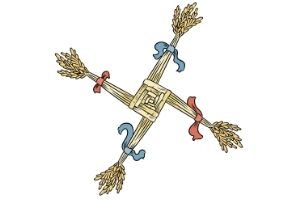
Brigid’s Cross was originally a pagan symbol of the Goddess Brigid who was celebrated on the pagan feast of Inbolc. Made of rushes woven together into the shape of a cross, its full meaning is now not entirely understood.
The Goddess Brigid was such an important figure in pre-Christian Ireland that both the cross and Brigid were reimagined as part of a Christian story in attempts to convert Ireland’s first peoples to Christianity. According to the Christian story, Brigid, a figure who would one day become a saint, converted a man who was raving and near death. Sitting at his feet at his death bed, she wove together a cross. After the man asked what she was doing, she began to tell him about Christianity in such fascinating ways that before he died, he converted.
the awen
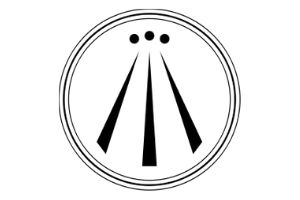
This is one of the lesser-known Celtic symbols, representing three rays of light. The roots of this symbols go back to Celts in Cornwall, Wales and Breton originally. Its three rays are said to symbolize birth, death, and rebirth.
the triskelion
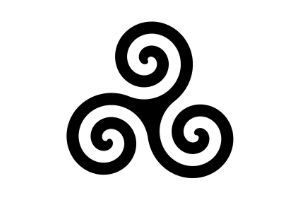
The triskelion, also known as the triskele, is one of the most ancient symbols found in Ireland, reaching back to the Neolithic era. The triskelion is three spiraling lines. It was heavily incorporated into Celtic culture, and is further evidence, if any is needed, that the Irish Celts had a strong affinity for things in threes.
the harp
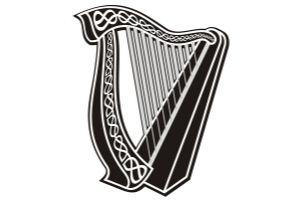
In Irish history, tribal kings often had their own harper and the harp became an early symbol of Ireland and the country’s love of music. After the English invaded Ireland and tried to subdue its people and culture, the harp became a symbol of their defiance.
the shamrock
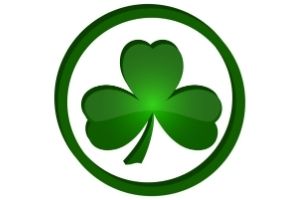
This might be the most famous of the Celtic symbols! The shamrock is the national flower of Ireland. According to tradition, St. Patrick used its three leaves to explain the concept of the Holy Trinity. Before Ireland split from England, it was seen as a symbol of rebellion. Today, it remains a symbol of the luck of the Irish.
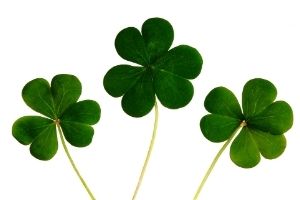
I enjoyed researching these! I know that I’m far from any sort of expert on Celtic symbols and meanings, so if you have another symbol or another interpretation to share, please do so in the comments—that way, we can all learn!
And if you’re interested in discovering personal symbols for yourself, you might like The Book of Dreams Come True, a journal of gratitude and manifestation. It’s full of writing exercises to help you discover your true self.
Do you know more about these Celtic symbols?
Or are there other Celtic symbols we left out? Let us know in the comments! Thanks so much for reading, and may the luck of the Irish always be with you!
[custom-related-posts title=”Related Posts” none_text=”None found” order_by=”title” order=”ASC”

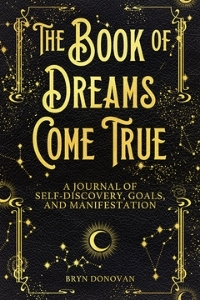
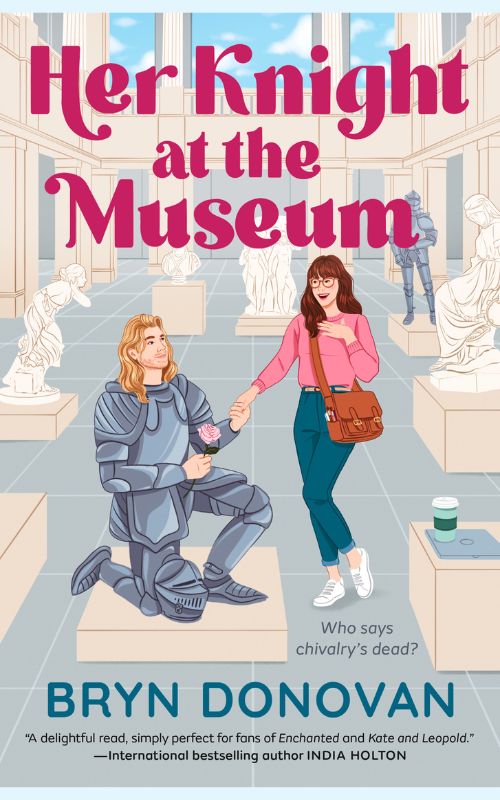

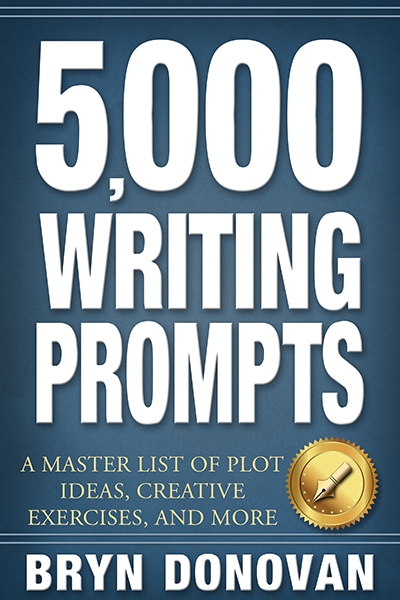
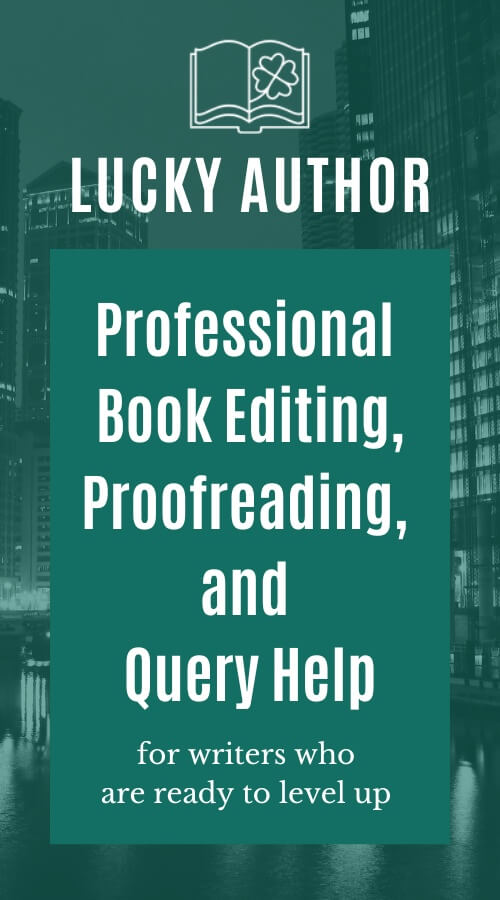
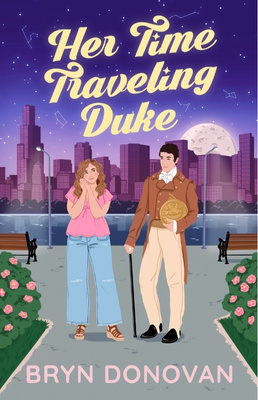

Thank you for explaining these beautiful symbols on this special day. Very interesting!
PS I would love it if you’d check out my latest blog post at naomiplane.com
Thanks, Naomi!
Yesterday I bought Guinness cans to have with our Reubens today. The cans were designed with harps on them. I couldn’t remember what the harp symbolized. Thanks for reminding me!
You’re welcome! Hope it was a good day.
Fascinating!
denise
Thanks for reading, Denise
I love this. I always enjoy reading and learning about my heritage. Thank you for sharing.
You’re welcome! There’s always more to learn when it comes to Irish history and tradition. Glad you enjoyed this.